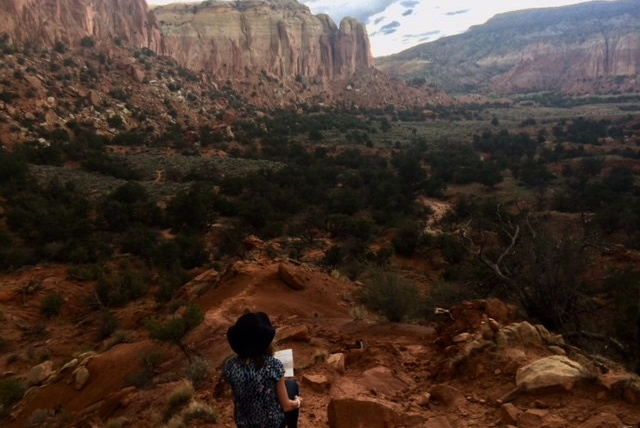The Promise of Equanimity
Equanimity is often described in glowing terms: abundant, exalted, immeasurable, without hostility or ill will. It’s said to be the state in which we’ve cultivated enough insight that nothing seems worth getting worked up about anymore.
It is “seeing the world with quiet eyes.” And as the texts remind us, there is no higher happiness than peace.
Equanimity offers us a taste of that peace.
Questioning Superiority
But a question arises: how did equanimity gain such a superior position in our practice?
It’s true — there are moments when we can see the world with quiet eyes, and that feels precious. But what happens when our eyes aren’t quiet? When the suggestion of peace feels distant?
Placing equanimity, or any quality, on a pedestal can distort things. Does it make other qualities, states of mind, or teachings seem inferior? Does it skew the Dharma to fit our preferences? Or does it create a tension to resist and wrestle with until we carve out our own understanding?
The Three Conceits
This is where the Buddhist teaching of mana, often translated as conceit, enters. Traditionally, there are three conceits:
- Better than — the conceit of superiority.
- Worse than — the conceit of inferiority.
- Equal to — the conceit of comparison.
Each one is considered a distortion of mind. We may apply these comparisons to people, but we also unconsciously apply them to teachings themselves. When equanimity is cast as the “highest” state, the conceit of superiority may creep in unnoticed.
The Trap of Superiority
History and culture have reinforced this preference. In many traditions, being non-reactive, restrained, and even-tempered is elevated above other expressions. Equanimity becomes the “right way,” while compassion, joy, or even the full range of messy human emotions are downplayed.
As Bhikkhu Analayo has noted, it can become a form of bondage to look down on other teachings as deviant or lesser. True growth, he suggests, comes by letting go of arrogance and superiority, no matter what tradition or approach one follows.
Once a teaching is seen as superior, it can catch like wildfire — becoming fad, dogma, or rigid rule. Reflective Meditation, by contrast, asks us to question these assumptions.
Slow and Steady
Unlike wildfire, our practice has grown slowly, steadily. Perhaps this is one way to understand equanimity too: not as a pinnacle state but as a steadying influence that develops over time.
Equanimity can be translated as “equalizing.” Yet, as with the conceit of equality, there’s a danger in assuming we’re all in the same boat with equal opportunities and conditions. Our reflections and sangha conversations show us that conditions differ — sometimes profoundly.
This awareness counters the conceit that life and practice are equal for everyone. Instead, it invites us to honor the variety of human experience.
A Relationship with the Teachings
In Reflective Meditation: Cultivating Kindness and Curiosity in the Buddhist Company, we describe being “in a relationship with dukkha.” That idea can extend to our relationship with the teachings themselves.
When I first heard about equanimity, I had one impression. Over time, through practice and life, that impression changed. Our relationship with teachings evolves as we live them.
Equanimity, conceit, compassion, joy, kindness — all become part of a shifting, growing relationship. Each teaching carries its own relevance at different times, and each has its own importance in the arc of a practice.
A Ritual of Reflection
✨ What are your thoughts and feelings on this teaching?
✨ Is this something you would like to carry into meditation?
✨ Where do your thoughts and feelings go after reading this?
✨ Ritual of Reflection: How did that land for you?
About the Daily Online
This reflection comes from one of our Daily Online sessions, held every day from 9:00–10:00 AM PT. Each gathering begins with a short dharma talk, followed by meditation, journaling, and a chance for shared conversation with the teachers.
In Reflective Meditation, we encourage approaching practice with gentleness, kindness, and curiosity. Cameras remain off during meditation so each participant can practice in their own way. Afterward, a few people share their reflections with the teacher of the day, while others observe and learn from the exchange.
Learn more or join us at reflectivemeditation.org/dailyonline.


